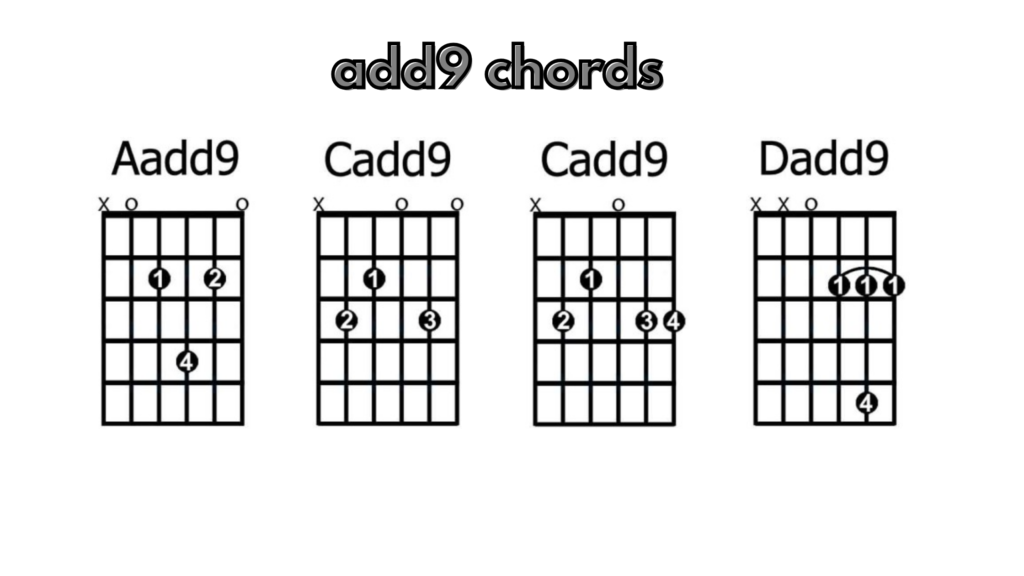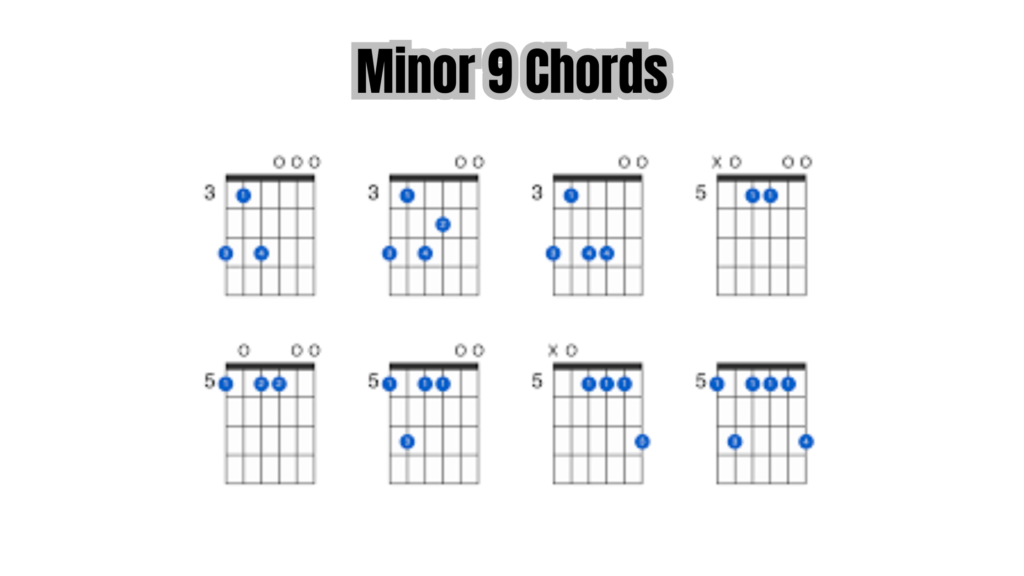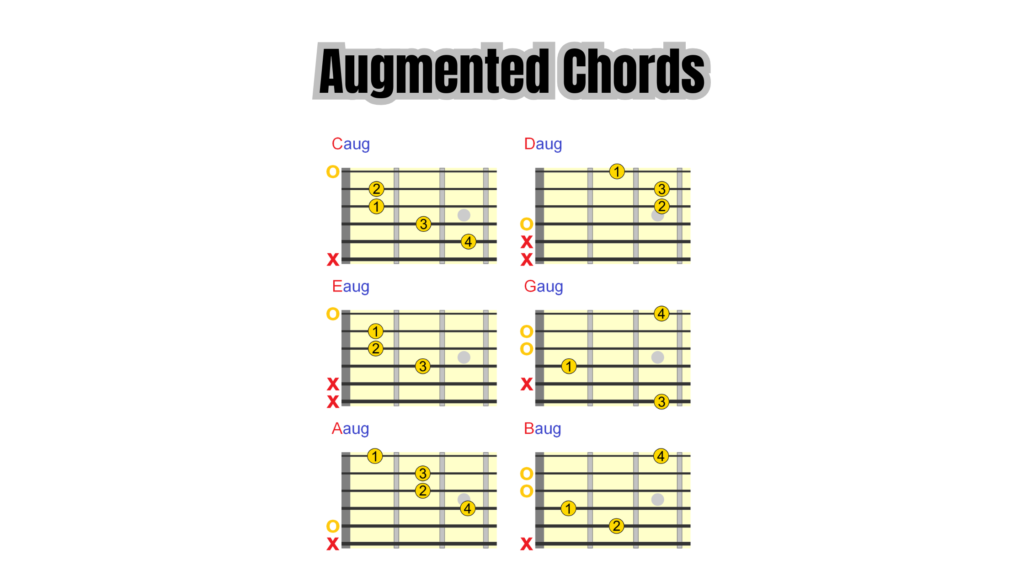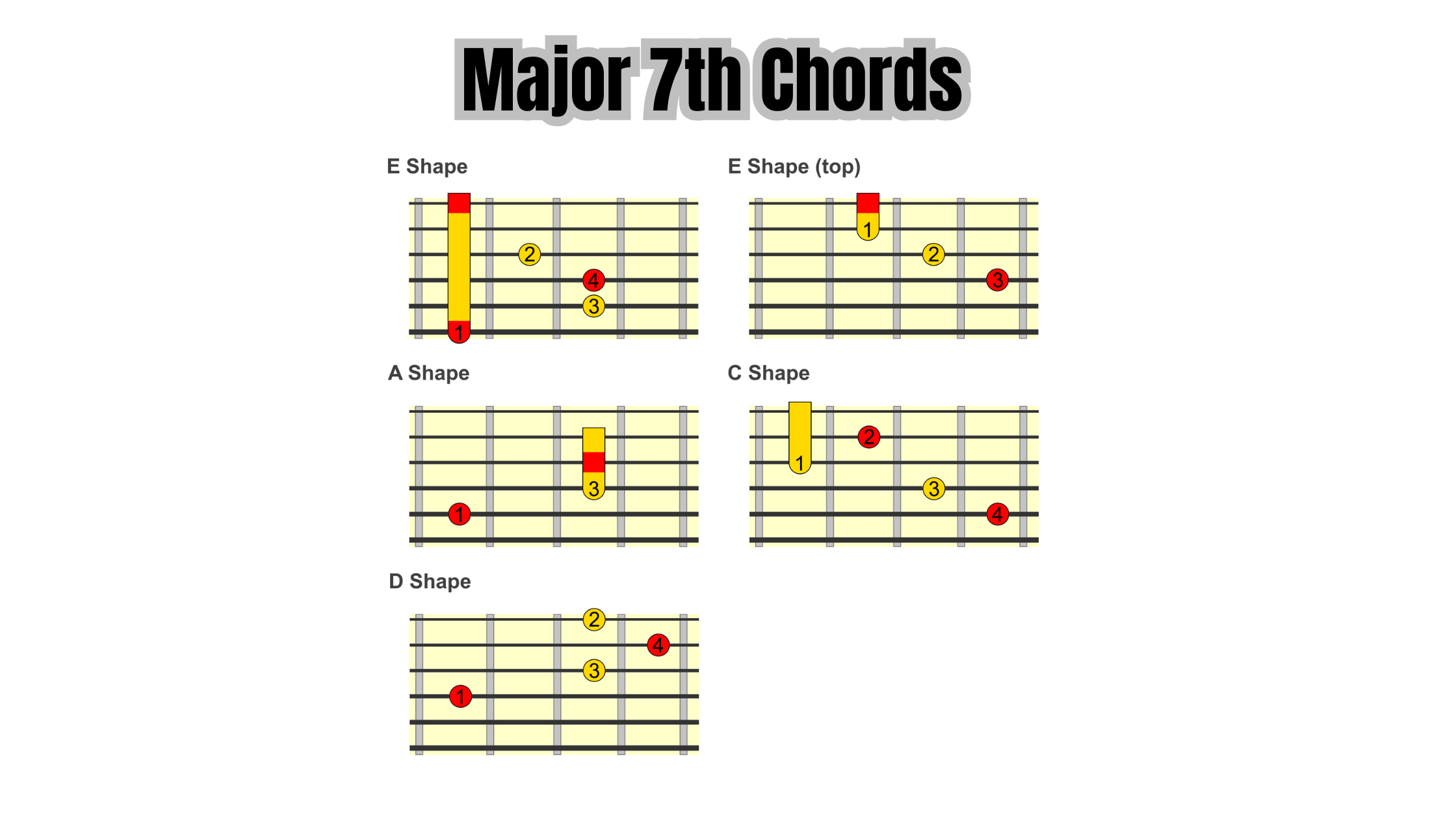When most guitarists start learning, the first chords they master are usually C, G, and D. They’re simple, versatile, and found in countless songs. But if you’ve been playing for a while, you might feel your music sounding a bit… predictable.
The good news? There’s a whole world of creative guitar chords waiting to add depth, emotion, and personality to your playing. In this post, we’ll explore some lesser-known yet beautiful chords that can instantly make your music sound more interesting.
1. Add9 Chords – Bright and Open

The Add9 chord is like a regular major chord, but with an added ninth note. This creates a shimmering, airy sound perfect for pop, folk, and even film-style music.
Example: Cadd9
- Fingering: Place your index on the 2nd fret (D string), middle on the 3rd fret (A string), ring on the 3rd fret (B string), and pinky on the 3rd fret (high E string).
You can swap regular G or C chords with their Add9 versions to instantly upgrade your progressions.
2. Major 7th Chords – Smooth and Jazzy

Major 7th chords have a warm, jazzy flavor. They’re perfect for slow ballads, lo-fi beats, and lounge music.
Example: Gmaj7
- Fingering: Play the 3rd fret on the low E string, skip the A string, play the 4th fret on the D string, and 4th fret on the G string. Let the B and high E strings ring open.
Swap your regular G major with Gmaj7 in a progression for instant sophistication.
3. Sus2 and Sus4 Chords – Suspense and Movement

Suspended chords remove the third note and replace it with either the second (Sus2) or fourth (Sus4). This gives a sense of suspense that begs for resolution.
Example: Dsus4
- Fingering: Start with a regular D chord and place your pinky on the 3rd fret (high E string).
Great for intros and dramatic builds.
4. Minor 9 Chords – Emotional and Soulful

The minor 9 chord is rich and emotional, often used in R&B, soul, and cinematic tracks.
Example: Am9
- Fingering: Open A string, 2nd fret (D string), open G string, 1st fret (B string), and open high E string.
This chord feels deep and expressive—perfect for songwriting.
5. Augmented Chords – Tension and Mystery

Augmented chords have a dreamy, almost unsettling quality, making them perfect for transitions or creating tension in a song.
Example: Caug
- Fingering: C, E, and G# notes on the fretboard. Try 1st fret (B string), 1st fret (D string), and 2nd fret (G string).
Final Thoughts
Going beyond C, G, and D isn’t just about learning fancy shapes—it’s about adding color to your music. By incorporating chords like Add9, Maj7, and Min9, you can make your playing sound more professional and emotionally engaging.

